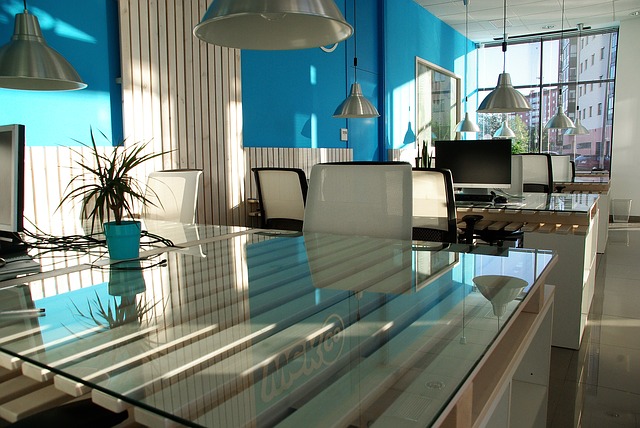Open offices have, quite simply, left themselves open to criticism. Nearly 70 percent of U.S. companies have collaborative work spaces, but they come at cost: The BBC reported in January 2017 that studies show workers are 15 percent less productive in such places.
Moreover, a University of Sydney study determined that half the people working in open offices were dissatisfied with their sound privacy, and other studies have shown over half the rank and file felt less satisfied and less productive under such arrangements. The results were similar when such workers were asked if they needed more privacy for problem-solving, of if they found their environments too distracting.
The solution to this problem is multi-faceted.
On the management side:
- Create quiet areas within the office, no matter how small.
- Schedule quiet times — ideally a block of a time two or three times a week when employees are encouraged to work individually.
- Encourage the use of “busy” symbols that allow workers to notify others they are not to be disturbed.
- Batch communications — i.e., combine smaller emails into one so employees are not constantly bombarded.
On the employee side (beyond a good pair of headphones):
- Shielding: Separating oneself from the group, either physically (moving to a remote location to collect one’s thoughts) or psychologically (guarding one’s ideas rather than sharing them in a brainstorming session).
- Seclusion: Moving to, say, a spare room to reboot or concentrate.
- Anonymity: Working in the middle of a crowd of strangers, as in a coffee shop or cafe, has been found to provide the kind of ambient noise that allows one to concentrate.







